Welcome to
LIFE IN THE LOWER SUSQUEHANNA RIVER WATERSHED
Your curiosity has led you to a natural history, in the truest meaning of the term, of the flora and fauna of the Susquehanna River, its tributaries, and the lands of its drainage basin in southern Pennsylvania and northeastern Maryland. Our particular focus is Conewago Falls, a mile-long set of rapids that tumbles over rigid Triassic diabase bedrock at world-renowned Three Mile Island, site of the 1979 nuclear accident. When we’re not visiting the falls, we’ll journey to other interesting habitats in and near the Susquehanna River watershed.
This popular account of the plant communities and animal populations that currently inhabit the lower Susquehanna valley also includes summaries of those life forms that no longer occur—the extirpated and extinct species. From the dinosaurs of the tropical swamps of 200 million years ago, to their modern-day feathered relatives that fill floodplain forests with echoes of springtime songs—you’ll find their story here.
Of course, no study of life in a geographic region is complete without a look at the geology, topography, climate, and hydrology that makes it unique. In the Susquehanna valley, these subjects alone could occupy one’s interest endlessly.
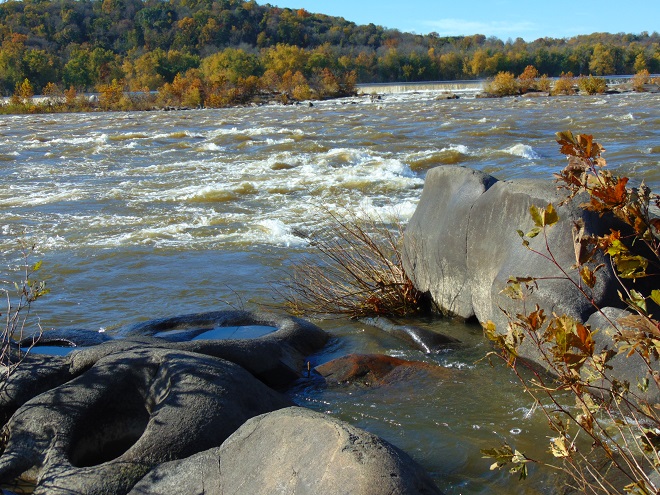
The impact of the region’s more than one million human inhabitants has become a serious limiting factor when it comes to the prognosis for survival of many of the native animal and plant species. “Civilized” man’s direct and indirect war on the life of the lower Susquehanna valley has been without pause for three hundred years now. Though no local habitats remain in their pristine state, there are functional plant communities and aquatic systems, as well as surviving populations of native animals. Each is worthy of our highest regard and protection. As you’ll see, the influence of man on native life will be a recurring topic here.
In addition to the periodic feature posts found on the home page, there are tabs located in the header section of the website to access permanent reference pages addressing a variety of natural history topics. Among them are annotated lists of the vertebrate, and even some of the invertebrate, animals of the region. The works of early naturalists including Professor Samuel Steman Haldeman are the foundation of the lists and the source of many of the details found therein.
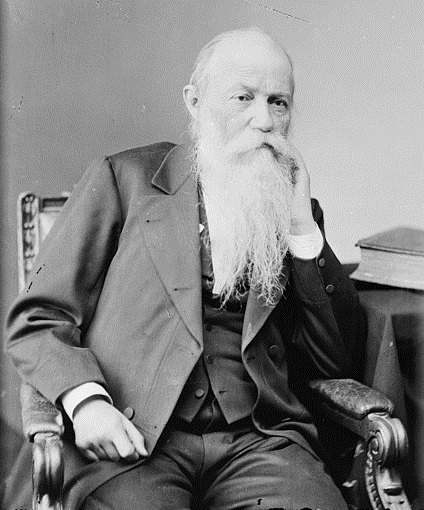
The inclusion of photographs, and in some cases illustrations, makes these reference pages suitable for use as your field guide to the wildlife of the Lower Susquehanna River Watershed. They are updated and expanded as time allows, so be certain to check back often for new material.
Here’s a brief description of each reference page:
Geology, Fossils, and More
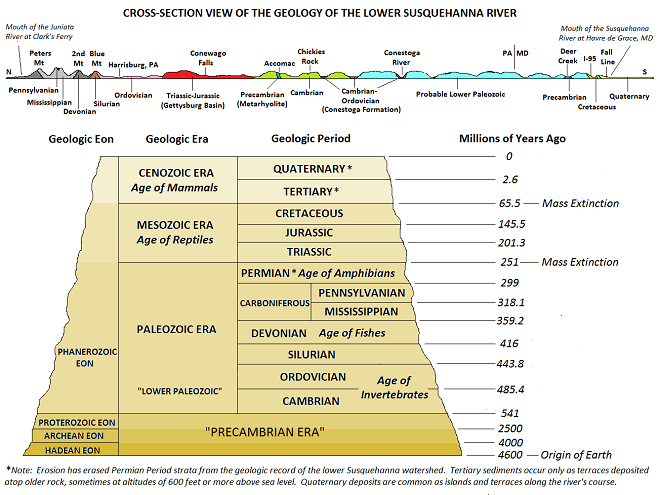
Trees, Shrubs, and Woody Vines
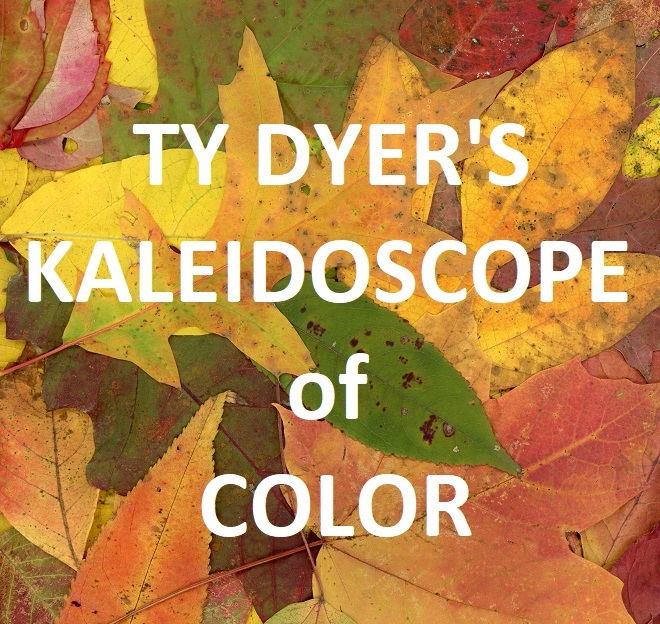
Freshwater Gastropods (Snails)
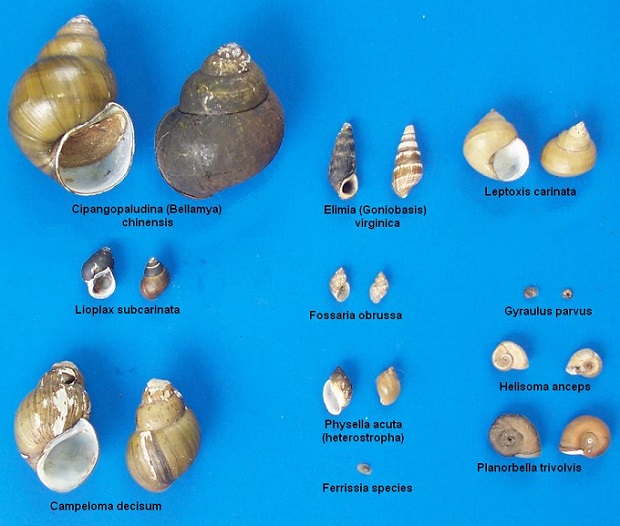
Freshwater Mussels and Clams
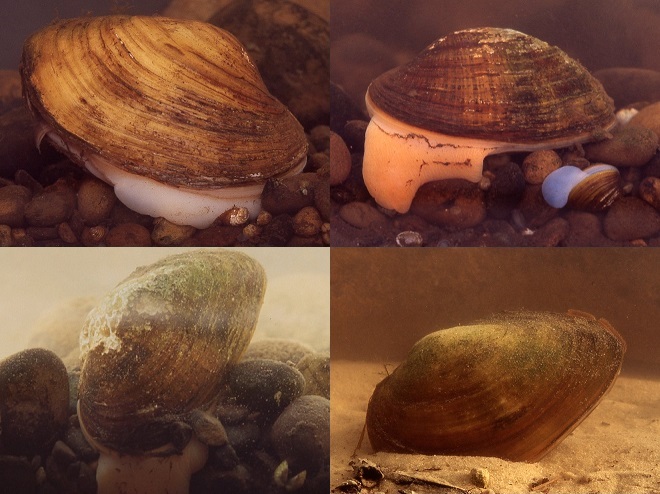
Damselflies and Dragonflies
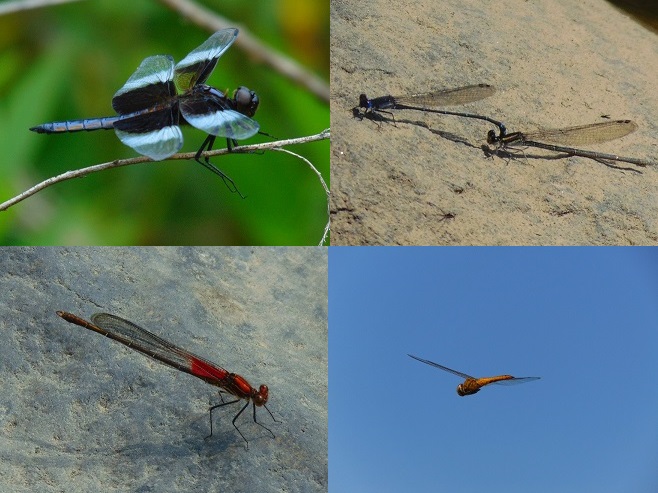
Butterflies
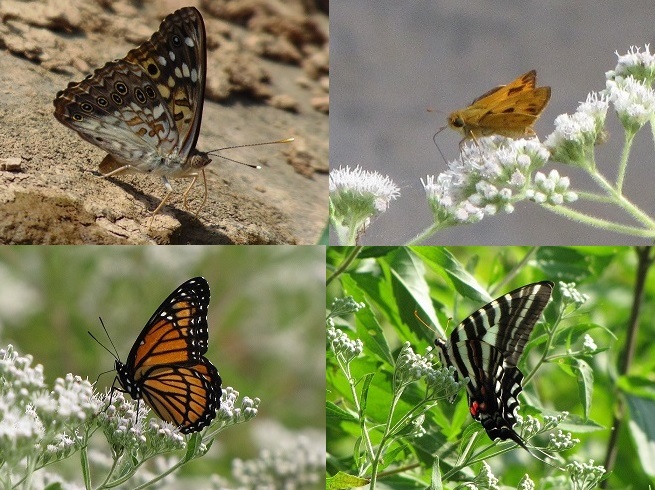
Fishes
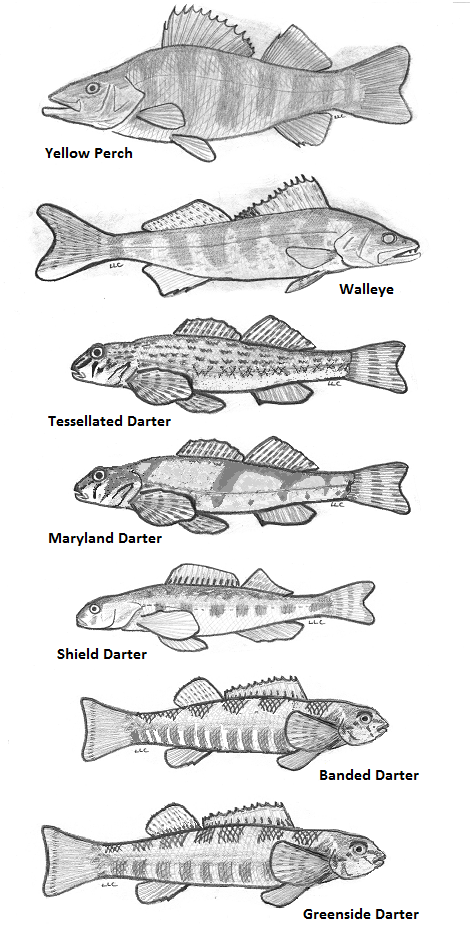
Amphibians
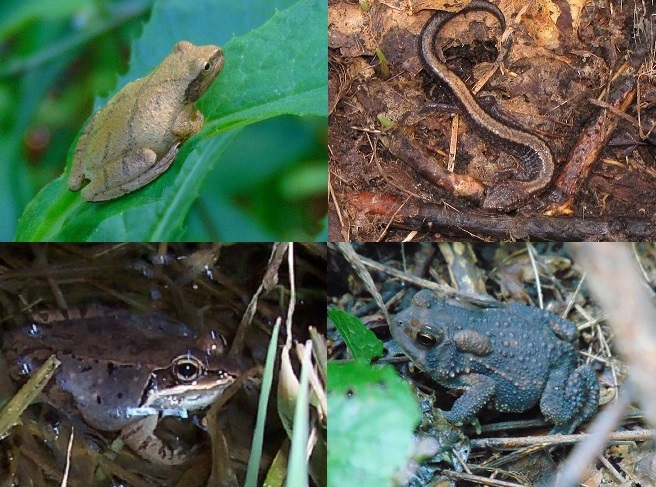
Reptiles

Birds
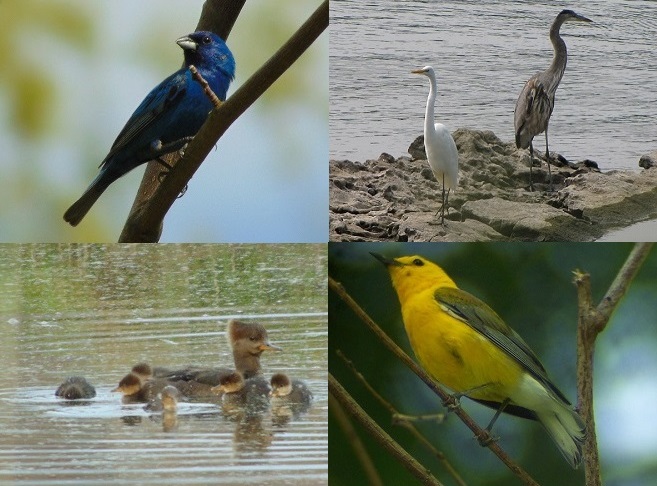
Beasts (Mammals)
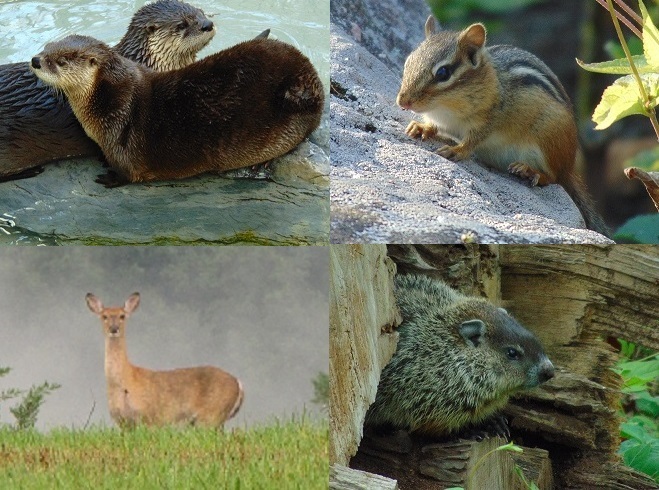
Hawkwatcher’s Helper: Identifying Bald Eagles and other Diurnal Raptors
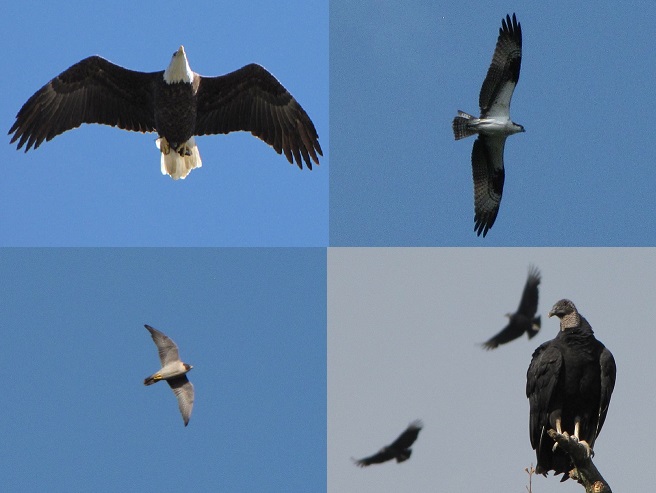
Golden Eagle Aging Chart
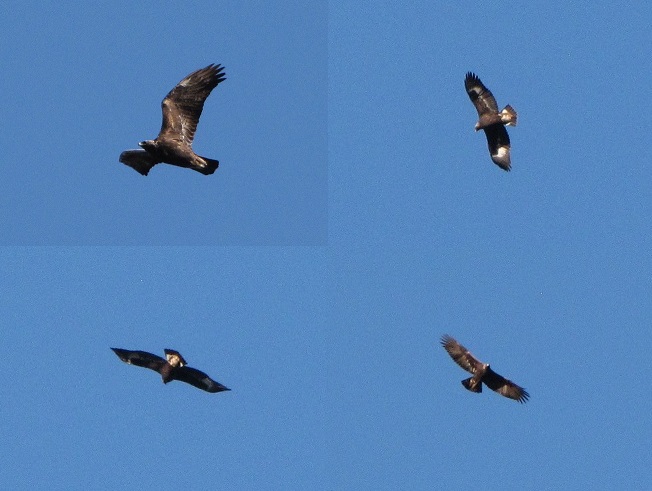
Lastly, you may have noticed a tab labeled “Riverside Firemen’s Retreat” and, having clicked on it and found a bunch of firefighting information there, wondered, “What’s that doing here?” Well, there are two very good explanations.
Explanation number one—tests conducted by Underwriter’s Laboratories have conclusively determined that because of synthetic furnishings and building materials, fires inside today’s homes burn hotter and can totally engulf a building’s interior in as little as three minutes. This phenomenon is known as “flashover”. Fifty years ago, a home with period furnishings would take up to thirty minutes to reach “flashover”, giving occupants more time to escape and firefighters plenty of time to arrive and begin extinguishing a fire. Those days are gone.

Modern homes, particularly those constructed recently using light-weight materials, are death traps. No local government in the lower Susquehanna valley should be allowing homes to be built without the installation of home fire sprinklers. No more excuses. If there isn’t a water supply sufficient for the sprinklers, then there certainly isn’t one sufficient for firefighters to supply their hoses for fire extinguishment. Revenue-hungry municipalities need to stop rubber-stamping dangerous home construction.
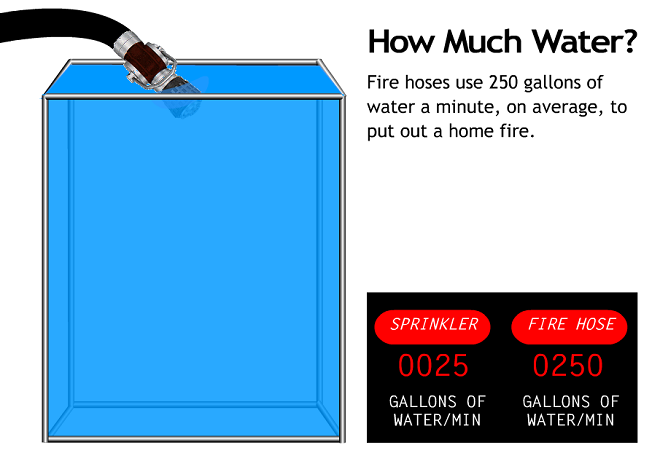
Sprinkler installation can pay for itself and make property more valuable if fire departments, conservation organizations, local governments, water utilities, and builders are willing to agree to sensible compromises that can be mutually beneficial. Concessions such as reduced street widths in neighborhoods with fully-sprinklered homes can lead to significant savings in infrastructure costs like storm water mitigation features. In neighborhoods where all dwellings meet minimum home fire sprinkler standards, flow requirements for fire hydrants can be halved to as low as 500 gallons per minute. Reducing the developed space can keep buildings, lawns, and other land disturbances out of floodplains and away from the existing natural areas that many potential home buyers find to be desirable quality of life features. The inclusion of home fire sprinkler installation in the construction approval process can save money, protect people and property, and at the same time conserve water and preserve habitat for wildlife and plant communities. It really is a no-brainer.
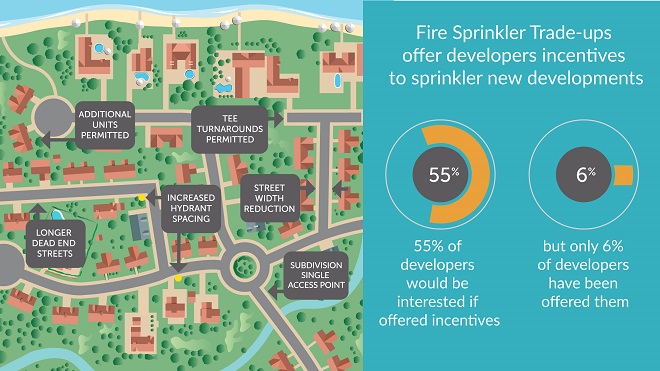
And, at last, explanation number two—the editor of “Life in the Lower Susquehanna River Watershed” is simply too frugal to pay for a separate website for all of the firefighting commentary found at “Riverside Firemen’s Retreat”, so he stuffed it all into this one. Cheapskate!
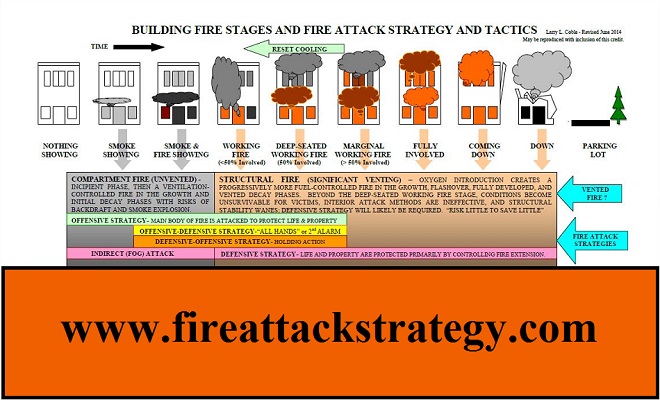
We’re all about P. C.—Here at “Life in the Lower Susquehanna River Watershed”, we enthusiastically encourage a P. C. management philosophy. We believe that our operations and finances should embrace the fairness and unbiased point of view that only P. C. can provide. Our goal is to instill the P. C. ethic into the fabric of our reader’s lives so that they too may pursue a life of liberty and prosperity, free from worry and want.

The editor of “Life in the Lower Susquehanna River Watershed” was described concisely by local naturalist Samuel M. Black, “…he’s an enigma.”
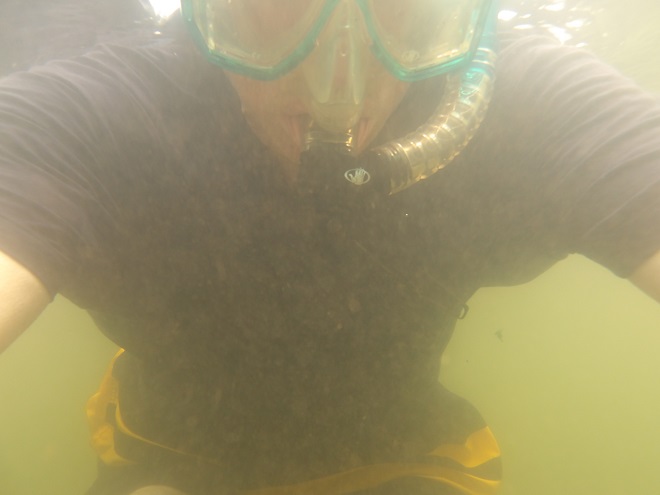
In case you were wondering—The editor of “Life in the Lower Susquehanna River Watershed” works a day job. The majority of new content is published at night, while the voices in his head are asleep, so that he might not be disturbed.

